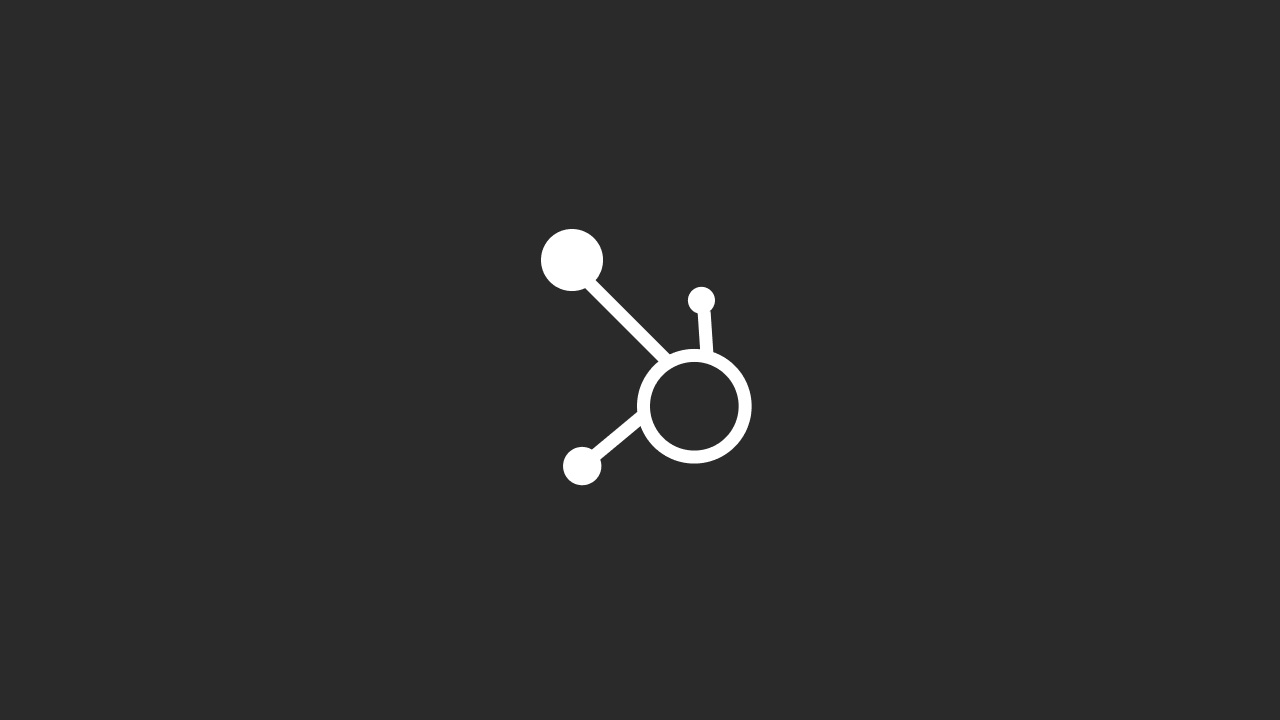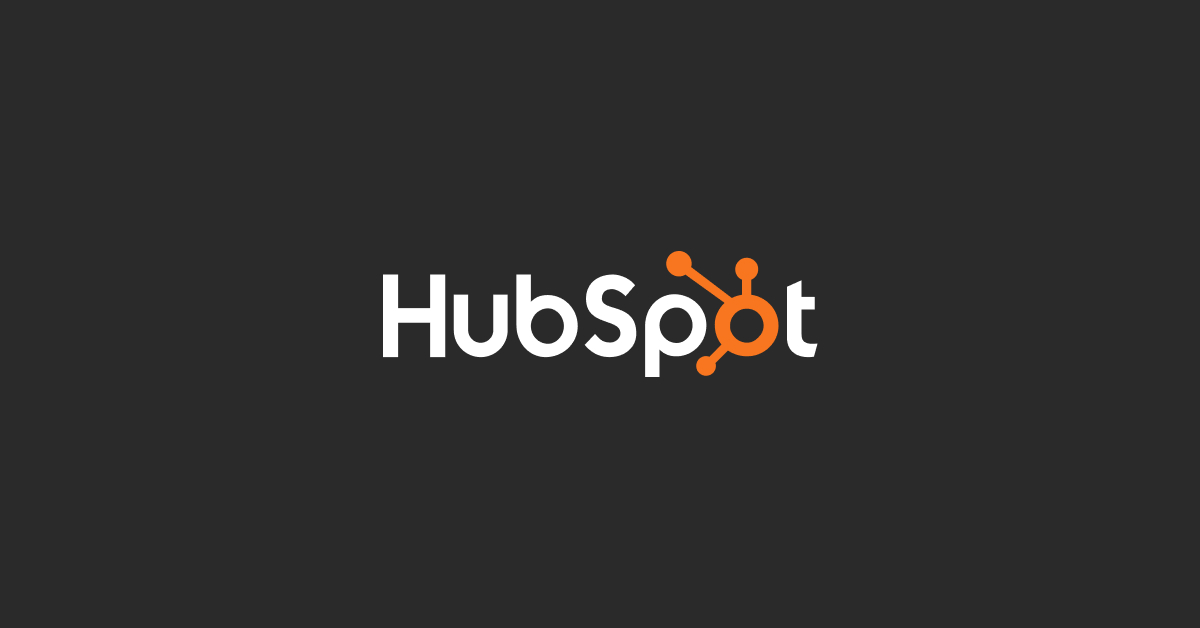HubSpot Workflow Automation: A Comprehensive Guide
Introduction
In today's fast-paced digital landscape, efficiency is key to maintaining a competitive edge. HubSpot Workflow Automation is a powerful tool designed to help businesses streamline their processes, save time, and improve productivity.
Whether you're managing marketing campaigns, nurturing leads, or coordinating sales efforts, HubSpot's workflow automation can significantly enhance your operations. This guide will explore everything you need to know about HubSpot Workflow Automation, from setting up your first workflow to mastering advanced features.
1. What is HubSpot Workflow Automation?
Understanding Workflow Automation
HubSpot Workflow Automation allows businesses to automate repetitive tasks and processes, ensuring that critical actions are executed without manual intervention. This tool is integrated into the HubSpot platform, making it easy to create, manage, and optimize workflows that span various departments, including marketing, sales, and customer service.
Key Features of HubSpot Workflow Automation
HubSpot Workflow Automation includes a range of features designed to cater to different business needs, such as:
- Automated Email Campaigns: Create and automate email drip campaigns to nurture leads and move them further down the sales funnel.
- Task Management: Automatically assign tasks to team members based on specific triggers, ensuring that nothing falls through the cracks.
- Lead Scoring: Automatically update lead scores based on interactions and behaviors, helping your sales team prioritize their efforts.
- Custom Workflows: Build custom workflows tailored to your unique business processes, whether you're managing contacts, companies, deals, or tickets.
- Integration with CRM: Seamlessly integrate workflows with HubSpot's CRM to automate actions based on customer data and interactions.
2. Getting Started with HubSpot Workflow Automation
Creating Your First Workflow
Setting up a workflow in HubSpot is straightforward, even for beginners. Here's how you can get started:
- Navigate to the Workflows Tool: In your HubSpot account, go to the Automations section and click on Workflows.
- Create a New Workflow: You can create a workflow from scratch or use a template. If you’re new to workflows, starting with a template can provide a helpful guide.
- From Scratch: Click on Create workflow and select From scratch to build your workflow from the ground up.
- From Template: Choose Create workflow > From template to use one of HubSpot’s pre-built workflows.
3. Select Workflow Object: Depending on your needs, choose the type of record that will be enrolled in the workflow, such as Contacts, Companies, Deals, or Tickets.
4. Define Enrollment Triggers: Set up the criteria that will automatically enroll records into the workflow. Enrollment triggers can be based on specific actions, dates, or properties.
5. Add Workflow Actions: Choose the actions that the workflow will execute, such as sending an email, creating a task, or updating a record. You can also add delays or branching logic to control the workflow’s behavior.
Using Workflow Templates
HubSpot offers a variety of workflow templates that can save you time and provide inspiration for your own automations. These templates are categorized by function and objective, making it easy to find one that aligns with your goals.
- Exploring Templates: Browse the template library and filter by category or search for specific keywords. Each template comes with pre-configured actions and triggers, which you can customize to fit your needs.
- Customizing Templates: Once you’ve selected a template, you can edit the actions, triggers, and settings to tailor the workflow to your business.
Setting Up Enrollment Triggers
Enrollment triggers are the criteria that automatically enroll records into a workflow. HubSpot allows you to set up various types of triggers:
- Filter-Based Triggers: Enroll records based on specific property values or list membership.
- Event-Based Triggers: Enroll records when a particular event occurs, such as a form submission or email click.
- Scheduled Triggers: Enroll records based on a schedule, such as daily or weekly intervals.
3. Advanced Workflow Features
Adding Conditional Logic with Branches
Conditional logic allows you to create more complex workflows by branching based on specific criteria. This can be useful for segmenting audiences or personalizing the workflow’s actions.
- If/Then Branches: Use If/Then branches to direct records down different paths based on whether they meet certain conditions.
- Multiple Branches: HubSpot allows you to add multiple branches to a single workflow, making it possible to handle various scenarios within one automation.
Incorporating Delays in Workflows
Delays are pauses that you can insert between workflow actions. They are useful for controlling the timing of actions, such as waiting a few days before sending a follow-up email.
- Types of Delays: HubSpot offers several delay options, including delays based on calendar dates, specific times, and event occurrences.
- Best Practices: When using delays, consider the customer journey and ensure that the timing aligns with your overall marketing strategy.
Workflow Actions and Integrations
HubSpot workflows can execute a variety of actions, from sending emails to updating CRM records. Additionally, you can integrate workflows with other tools and platforms to extend their functionality.
- Communication Actions: Automate communications with contacts through email, SMS, or in-app notifications.
- CRM Actions: Manage CRM data by creating or updating records, setting property values, or rotating leads.
- Third-Party Integrations: Connect workflows with external tools like Slack, Zoom, or Google Sheets to streamline cross-platform processes.
4. Use Cases for HubSpot Workflow Automation
HubSpot Workflow Automation is versatile and can be applied across various business functions. Here are some common use cases that demonstrate the power and flexibility of HubSpot's automation capabilities:
A. Lead Nurturing and Management
1. Automating Lead Nurturing Campaigns
One of the most popular use cases for HubSpot workflows is automating lead nurturing campaigns. By setting up a sequence of emails and actions, you can guide leads through the buyer's journey and move them closer to making a purchase.
- Welcome Series: Automatically send a series of emails to new leads, introducing them to your brand and offering valuable content to build trust.
- Behavioral Triggers: Send targeted content based on a lead’s behavior, such as visiting a specific page on your website or downloading an ebook.
- Lead Scoring: Use workflows to automatically update lead scores based on interactions, ensuring that your sales team focuses on the most qualified leads.
2. Re-engagement Campaigns
Re-engagement workflows help you reconnect with leads or customers who have become inactive.
- Triggering Re-engagement: Set triggers based on inactivity, such as not opening an email for a certain period. The workflow can send re-engagement emails offering special discounts or exclusive content to rekindle interest.
- Automating Follow-ups: If a lead re-engages, the workflow can automatically move them into a different nurturing sequence or notify the sales team for follow-up.
B. Customer Onboarding
1. Streamlining Onboarding Processes
Onboarding workflows are essential for delivering a smooth and consistent customer experience. These workflows can automate the delivery of training materials, welcome emails, and check-ins to ensure new customers get the most out of your product or service.
- Step-by-Step Onboarding: Automate a series of onboarding steps, such as sending instructional videos, scheduling a welcome call, or providing access to a knowledge base.
- Progress Tracking: Use workflows to track a customer’s progress through the onboarding process, ensuring they complete each step before moving on to the next.
2. Feedback Collection and Surveys
Collecting feedback from customers during and after the onboarding process is crucial for continuous improvement.
- Automated Surveys: Set up workflows to send surveys after specific milestones, such as 30 days after signing up or after completing a training module. Automatically collect and organize the feedback for analysis.
C. Sales Process Automation
1. Automating Sales Follow-ups
Sales teams often struggle to keep up with timely follow-ups. HubSpot workflows can automate these follow-ups, ensuring that no opportunity is missed.
- Automated Follow-Up Emails: Send personalized follow-up emails after a sales call or meeting, based on the prospect's behavior or stage in the sales funnel.
- Task Automation: Automatically create tasks for sales reps to follow up with leads at critical points in the sales process, such as after a demo or trial.
2. Deal Management and Pipeline Automation
Managing deals through various stages of the sales pipeline can be challenging. HubSpot workflows can automate deal updates, notifications, and task assignments based on specific triggers.
- Pipeline Updates: Automatically update deal stages based on actions taken by the prospect, such as signing a contract or making a payment.
- Automated Notifications: Notify sales reps when a deal reaches a critical stage, ensuring that they can take timely action.
D. Marketing Campaigns
1. Multi-Channel Campaign Automation
HubSpot workflows enable marketers to create and manage complex, multi-channel marketing campaigns that include email, social media, and other digital marketing efforts.
- Integrated Campaigns: Automate the launch of coordinated campaigns across multiple channels, ensuring consistent messaging and timing.
- Campaign Reporting: Use workflows to aggregate data from various channels, providing a comprehensive view of campaign performance.
2. Event Marketing Automation
If your business hosts events, HubSpot workflows can simplify the management of event-related tasks, from promotion to follow-up.
- Event Registration: Automatically send confirmation emails and reminders to registrants. Track attendance and send follow-up surveys after the event.
- Post-Event Engagement: Create workflows to nurture leads who attended your event, offering them additional content or scheduling a sales call.
E. Customer Support and Service
1. Automating Customer Support Processes
HubSpot workflows can streamline customer support processes, ensuring that customer inquiries are handled promptly and efficiently.
- Ticketing Automation: Automatically create and assign support tickets based on customer inquiries. Route tickets to the appropriate team members based on the issue type or urgency.
- Automated Responses: Send automated email responses to acknowledge customer inquiries and provide initial troubleshooting steps.
2. Customer Satisfaction Surveys
Gathering feedback on customer satisfaction is vital for maintaining high service standards.
- CSAT and NPS Surveys: Automate the sending of Customer Satisfaction (CSAT) and Net Promoter Score (NPS) surveys after a support interaction or at regular intervals.
5. Best Practices for Effective Workflow Automation
To maximize the effectiveness of your HubSpot workflows, it’s important to follow best practices. Here are some tips to ensure your workflows are efficient, reliable, and aligned with your business goals:
A. Start with Clear Objectives
Before setting up any workflow, define clear objectives. What do you want to achieve with this automation? Whether it's nurturing leads, improving customer onboarding, or streamlining sales processes, having a clear goal will guide the design of your workflow.
- Align with Business Goals: Ensure that every workflow you create aligns with your broader business objectives.
- Measure Success: Identify the key metrics that will help you measure the success of your workflows, such as open rates, conversion rates, or task completion rates.
B. Keep Workflows Simple
Complex workflows can be difficult to manage and troubleshoot. Whenever possible, keep your workflows simple and focused on specific tasks.
- Break Down Complex Processes: If you need to automate a complex process, consider breaking it down into smaller, simpler workflows that are easier to manage.
- Avoid Over-Automation: Automate only what is necessary. Over-automation can lead to a loss of personalization and may frustrate customers.
C. Regularly Review and Optimize Workflows
Workflows are not set-and-forget tools. Regularly review and optimize your workflows to ensure they continue to meet your business needs and deliver results.
- Monitor Performance: Use HubSpot’s analytics tools to monitor the performance of your workflows. Look for areas where they might be underperforming or causing bottlenecks.
- Make Data-Driven Adjustments: Use the data you collect to make informed adjustments to your workflows, such as refining enrollment triggers, adjusting delays, or adding new actions.
D. Test Workflows Before Launching
Before you roll out a new workflow, it's essential to test it thoroughly to ensure it functions as expected.
- Run in Test Mode: HubSpot allows you to test workflows with real data without affecting your live operations. Use this feature to identify and fix any issues before going live.
- Check for Errors: Pay close attention to potential errors, such as incorrect triggers or misconfigured actions, that could disrupt your workflow.
E. Personalize Where Possible
Personalization is key to engaging your audience and improving the effectiveness of your workflows.
- Use Dynamic Content: Personalize emails and other communications by using dynamic content that adapts based on the recipient’s behavior or preferences.
- Segment Your Audience: Create workflows that target specific segments of your audience, ensuring that each group receives relevant and tailored content.
6. Troubleshooting Common Workflow Issues
Even with the best planning, you may encounter issues with your workflows. Here’s how to troubleshoot and resolve common workflow problems:
A. Enrollment Issues
Problem: Records are not enrolling in the workflow as expected.
- Solution: Check your enrollment triggers to ensure they are set up correctly. Ensure that the criteria are specific enough to catch the right records but not so narrow that they exclude potential enrollees. Also, confirm that the records meet all the conditions for enrollment.
B. Workflow Execution Delays
Problem: Actions in the workflow are not being executed at the expected times.
- Solution: Review any delays or wait times configured in your workflow. Ensure that these delays are intentional and aligned with your process. If the workflow relies on external integrations or data, check for any delays or errors in those systems.
C. Errors in Workflow Actions
Problem: Some actions in the workflow are not completing successfully.
- Solution: Check the specific actions that are failing. If the action involves sending an email, verify that the email template is active and properly configured. For CRM updates, ensure that the required fields are filled out and that the data being entered is valid.
D. Notifications Not Triggering
Problem: Workflow notifications are not being sent as expected.
- Solution: Verify that the notifications are set up correctly and that the intended recipients are properly assigned in the workflow. Check the email deliverability settings in HubSpot to ensure that notifications are not being blocked or filtered.
E. Workflow Performance Issues
Problem: The workflow is running slower than expected, affecting its efficiency.
- Solution: If your workflow is complex or involves large amounts of data, it may be causing performance issues. Consider simplifying the workflow or breaking it down into smaller, more manageable parts. You may also want to review HubSpot’s recommended limits and best practices for workflow performance.
Conclusion
HubSpot Workflow Automation is an indispensable tool for businesses looking to streamline their operations, improve efficiency, and deliver personalized experiences at scale.
Whether you’re automating marketing campaigns, managing leads, or enhancing customer support, HubSpot’s powerful workflow features can help you achieve your goals more effectively.
By following the best practices outlined in this guide and continuously optimizing your workflows, you can ensure that your automation efforts are aligned with your business objectives and deliver tangible results.
Embrace the power of automation with HubSpot, and watch your productivity soar while maintaining a personal touch with your customers.




